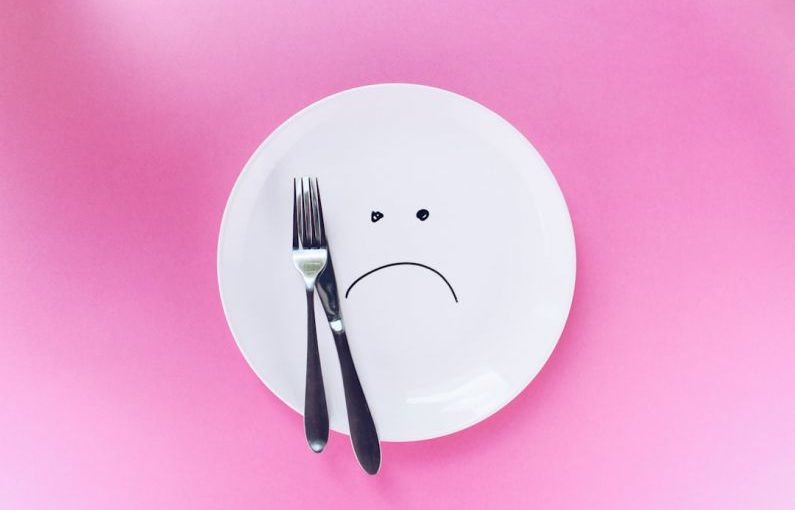Making a change in your pet’s diet can be a significant decision that requires careful planning and consideration. Whether you are switching to a different type of food, a new brand, or a homemade diet, it is essential to approach the transition thoughtfully to ensure your pet’s health and well-being. In this article, we will explore some tips and guidelines to help you smoothly transition your pet to a new diet.
Understand the Importance of a Gradual Transition
It is crucial to understand that a sudden change in your pet’s diet can lead to digestive upset and other health issues. To avoid any adverse effects, it is recommended to transition your pet gradually to the new diet over a period of 7-10 days. This gradual approach allows your pet’s digestive system to adjust to the new food slowly, minimizing the chances of gastrointestinal disturbances.
Start by Mixing the New Food with the Old
To begin the transition process, start by mixing a small amount of the new food with your pet’s current diet. The proportion of new to old food can vary depending on your pet’s tolerance and sensitivity. A common approach is to mix 25% of the new food with 75% of the old food for the first few days, gradually increasing the proportion of the new food while decreasing the old food.
Observe Your Pet’s Reaction
During the transition period, it is essential to closely monitor your pet’s reaction to the new diet. Keep an eye out for any signs of digestive upset, such as vomiting, diarrhea, or changes in appetite. If you notice any concerning symptoms, slow down the transition process or consult your veterinarian for guidance.
Stay Consistent with Feeding Times
Maintaining a consistent feeding schedule is crucial when transitioning your pet to a new diet. Make sure to feed your pet at the same times each day and avoid sudden changes in meal times. Consistency helps your pet adjust to the new feeding routine and promotes healthy digestion.
Provide Ample Water and Exercise
In addition to a gradual transition and consistent feeding schedule, it is essential to ensure that your pet has access to fresh water at all times. Proper hydration is key to supporting your pet’s overall health, especially during a diet transition. Regular exercise also plays a vital role in promoting digestion and overall well-being, so make sure your pet gets enough physical activity.
Seek Guidance from Your Veterinarian
If you have any concerns or questions about transitioning your pet to a new diet, do not hesitate to seek guidance from your veterinarian. Your vet can provide personalized recommendations based on your pet’s specific needs, health status, and dietary requirements. They can also help you create a tailored transition plan that takes into account any underlying health conditions or dietary restrictions.
Monitor Your Pet’s Progress
As you continue the transition process, continue to monitor your pet’s progress and adjust the transition plan as needed. Pay attention to any changes in your pet’s behavior, appetite, and overall health. If you encounter any challenges or if your pet is not responding well to the new diet, consult your veterinarian for further assistance.
Conclusion: Successfully Transitioning Your Pet to a New Diet
Transitioning your pet to a new diet can be a gradual process that requires patience, consistency, and careful observation. By following these tips and guidelines, you can help your pet adjust to their new food without any major issues. Remember to take it slow, monitor your pet’s reaction, and seek guidance from your veterinarian if needed. With the right approach, you can successfully transition your pet to a new diet and set them up for a healthy and happy life.





